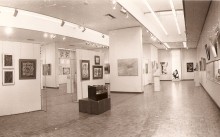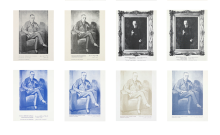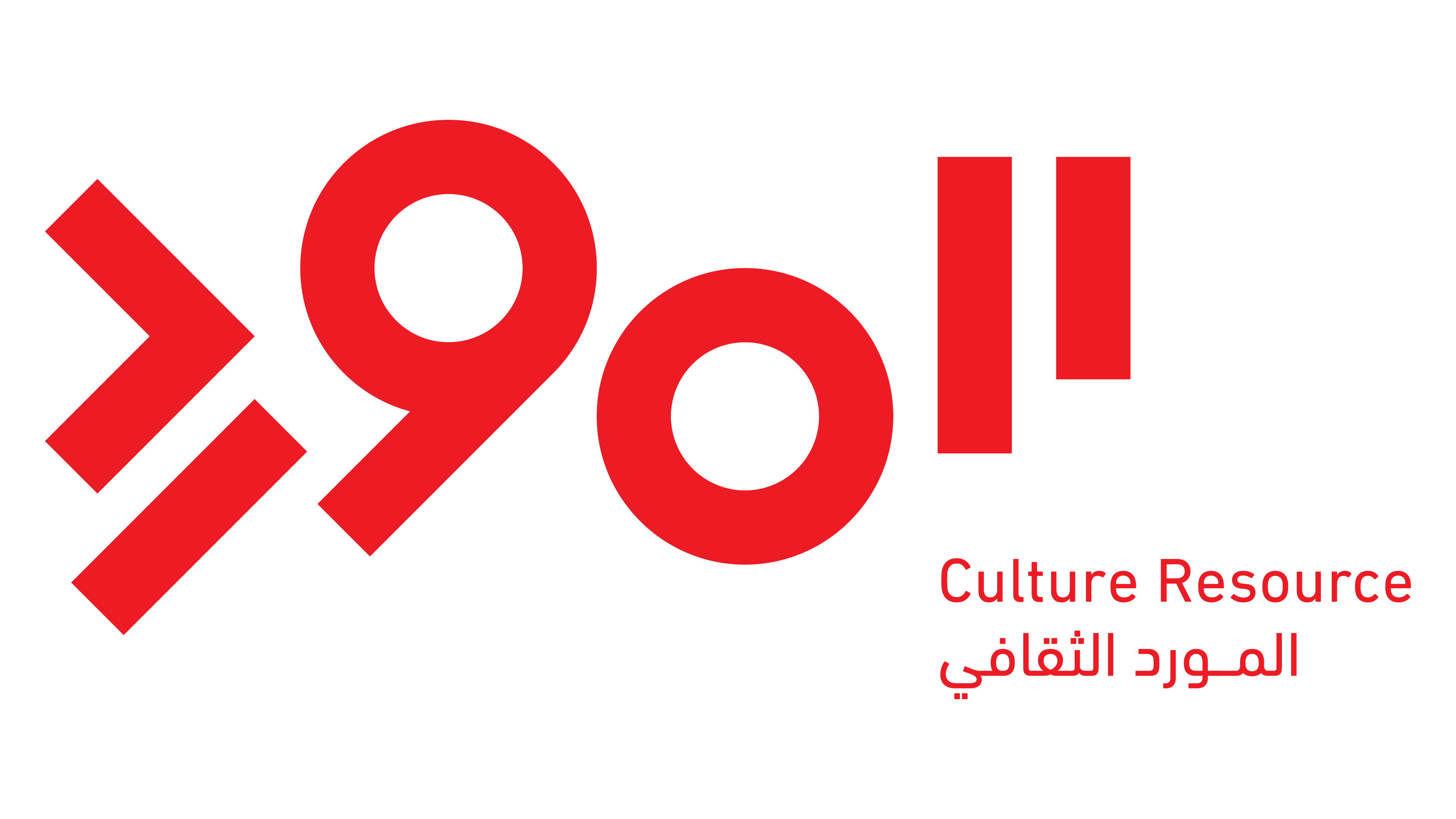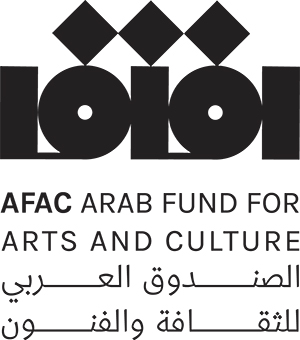The Construction of Art Canons in and Around the Nicolas Sursock Museum
Friday 29 April 2022, 15:00 to 16:30


The second session of the cycle Visiting (In)visible Museums focuses on the important role occupied by the Sursock Museum within the modern art scene in Lebanon and the dynamics at play in the construction and determination of art canons. The presentations will shed light around the opposition and debates surrounding the Salon d’Automne – an annual juried exhibition taking place at the Sursock Museum since 1961– and will tentatively reveal the repetition, gaps, and fissures when it comes to the Museum’s collection.
Boycotting the Museum: Power relations and canon-building in Lebanon
In the early 1960s, a number of Lebanese artists boycotted the annual group exhibition of the newly opened Sursock Museum in Beirut. They were reproving the lack of involvement of the Lebanese Artists Association for Painters and Sculptors in the selection process, as well as the emphasis on an abstract art considered imported from Europe. The 1960s were a peak period for contemporary art in Lebanon, with new galleries opening and the city establishing itself as a regional cultural hub. Each institution was connected to specific public and private bodies and groups of individuals that came with their own set of politics. This presentation will analyse the shifting relations between artists and the Sursock Museum during these formative years, as well as the dynamics at play around the construction and determination of art canons in Lebanon.
Nadia von Maltzahn is Research Associate at the Orient-Institut Beirut (OIB), where she leads the research project LAWHA “Lebanon’s Art World at Home and Abroad: Trajectories of artists and artworks in/from Lebanon since 1943”, funded by the European Research Council. She holds a DPhil in Modern Middle Eastern Studies from St Antony’s College, University of Oxford. Nadia’s recent publications include The Art Salon in the Arab Region: Politics of Taste Making (Beirut: Orient-Institut Beirut, 2018), co-edited with Monique Bellan.
Repetitions, Fissions, and Gaps in the History of the Lebanese Salon d’Automne
Contemporary visual presentations of the Nicolas Sursock Museum’s permanent collection reveal an anxiety toward the museum’s legacy. These presentations have oscillated between showcasing a triumphant history of the prize-winning artworks at the juried Salon d’Automne—the works that until recent years formed the bulk of the museum’s collection—and ahistorical snippets of the range of artistic practices the museum supported. Against this polarized view of the history of the museum and its collection, and in anticipation of the next permanent collection display, this talk will visually expose the repetitions, fissions, and gaps afflicting the museum since its inception, from the looming figure of Nicolas Ibrahim Sursock to the boycott of the salon by a sizable group of politically committed artists.
Natasha Gasparian is an art historian and curator who works on modern and contemporary art in the Arabic-speaking world. She is the author of Commitment in the Artistic Practice of Aref El-Rayess: The Changing of Horses (Anthem Press, 2020). Currently, she is a curatorial assistant to Sam Bardaouil and Till Fellrath for the 16th edition of the Lyon Biennale.
Visiting (In)visible Museums is curated by Mathilde Ayoub, following an invitation by Marie-Nour Hechaime from the Sursock Musuem.
The Sursock Museum 2021-2022 Public Program is supported by the Lebanon Solidarity Fund launched by the Arab Fund for Arts and Culture – AFAC and Culture Resource (Al-Mawred Al-Thaqafy).


